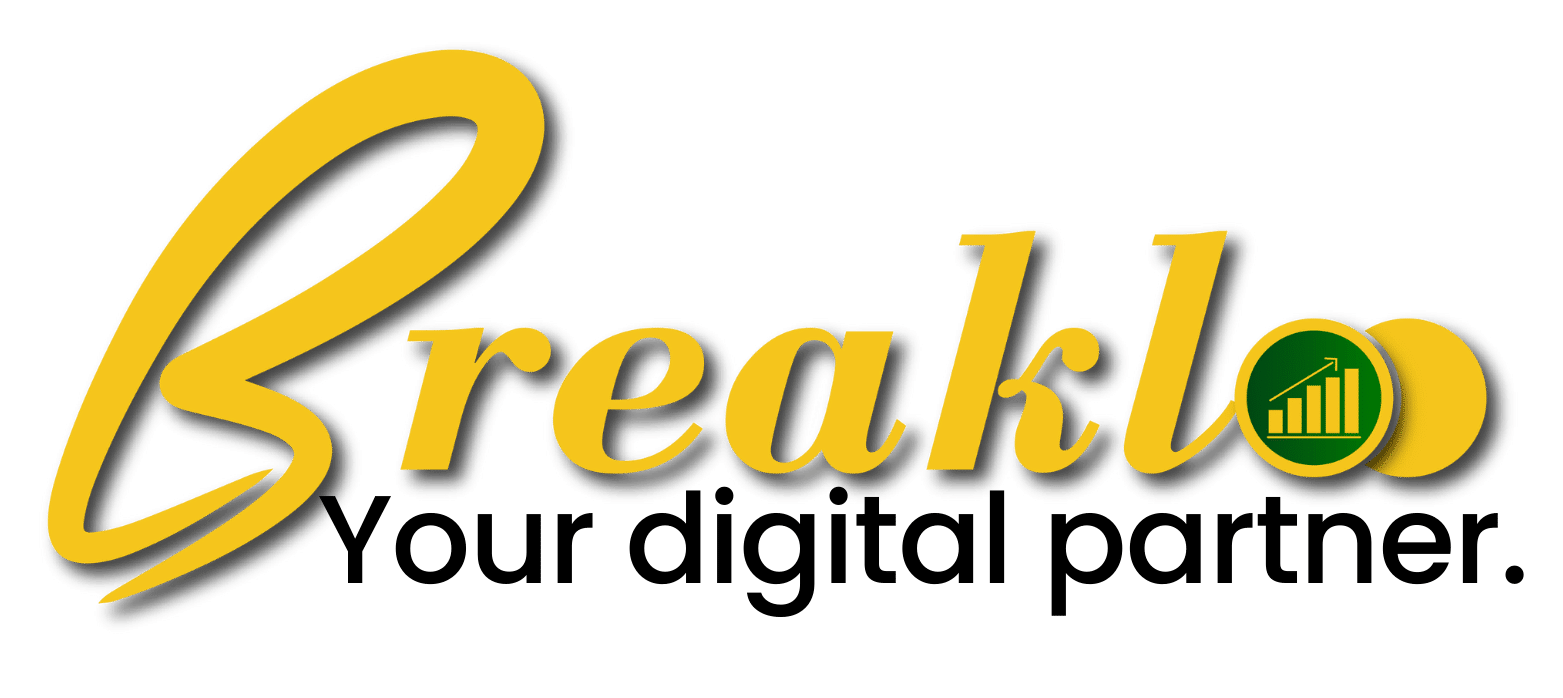How to Start Business on Amazon
Starting a business on Amazon has become a popular and lucrative option for entrepreneurs worldwide. How to Start Business on Amazon With its vast customer base and robust infrastructure, Amazon provides a unique platform for selling products and reaching a global audience. In this comprehensive guide, we will walk you through the step-by-step process of setting up a successful business on Amazon, from product research and sourcing to listing optimization and marketing strategies. Whether you are a budding entrepreneur or an established business owner looking to expand your reach, this article will provide you with valuable insights and actionable tips to thrive in the competitive Amazon marketplace.
Table of Contents:
- Researching Product Opportunities
- Setting Up Your Amazon Seller Account
- Sourcing and Inventory Management
- Creating an Optimized Product Listing
- Fulfillment Options: FBA vs. FBM
- Pricing Strategies and Competitor Analysis
- Promoting Your Products with Amazon Advertising
- Managing Customer Reviews and Feedback
- Expanding Your Amazon Business
Researching Product Opportunities
To start a successful business on Amazon, it’s crucial to choose the right products to sell. Conduct thorough market research, identify profitable niches, and analyze competition to find products with high demand and limited competition. Utilize Amazon tools, such as the Best Sellers Rank and the Amazon Product Research tool, to gather data and validate your product ideas.
Setting Up Your Amazon Seller Account
Creating an Amazon Seller Account is the first step towards establishing your business on the platform. Choose between an Individual or Professional Selling Plan, complete the registration process, and set up your payment and shipping settings. Familiarize yourself with Amazon’s policies and guidelines to ensure compliance.
Sourcing and Inventory Management
Identify reliable suppliers and establish a streamlined inventory management system. Whether you opt for private label products, wholesale sourcing, or dropshipping, maintain good relationships with suppliers and ensure consistent product quality and availability.
Creating an Optimized Product Listing
Craft compelling and keyword-rich product titles, descriptions, and bullet points to optimize your product listings for search visibility. Include high-quality product images and leverage Enhanced Brand Content or A+ Content to enhance the overall visual appeal and convey key selling points effectively.
Fulfillment Options: FBA vs. FBM
Understand the pros and cons of Fulfillment by Amazon (FBA) and Fulfillment by Merchant (FBM). FBA provides hassle-free storage, packing, and shipping, while FBM allows for greater control and potentially lower costs. Choose the option that aligns with your business goals and resources.
Pricing Strategies and Competitor Analysis
Determine competitive pricing strategies by conducting thorough competitor analysis. Monitor pricing trends, adjust your pricing strategy accordingly, and consider utilizing Amazon’s automated repricing tools to stay competitive while maintaining profitability.
Promoting Your Products with Amazon Advertising
Leverage Amazon Advertising options, such as Sponsored Products, Sponsored Brands, and Product Display Ads, to increase visibility and drive targeted traffic to your listings. How to Start Business on Amazon carefully analyze and optimize your ad campaigns based on data insights to maximize return on investment.
Managing Customer Reviews and Feedback
Encourage positive customer reviews by providing excellent customer service, promptly addressing any issues or concerns, and maintaining open communication channels. Regularly monitor and respond to customer feedbackto build trust and improve your brand reputation on Amazon.
Expanding Your Amazon Business
Consider expanding your product line and diversifying your offerings to capture a broader customer base. Explore Amazon’s international marketplaces and utilize cross-border fulfillment options to reach customers worldwide. Additionally, consider launching your own branded website and utilizing social media platforms to drive traffic to your Amazon listings.
Complete Amazon intro in 6 sections:
Section 1: Introduction to Selling on Amazon
Starting a business on Amazon can be a lucrative opportunity for aspiring entrepreneurs. With millions of active users and a robust infrastructure, Amazon provides a platform for selling products to a vast customer base. This section will guide you through the process of starting a business on Amazon and help you set the foundation for success.
-
Understand the Amazon Marketplace:
Familiarize yourself with the Amazon marketplace and its various programs. Amazon offers two primary selling options: Individual Seller and Professional Seller. Individual Seller is suitable for those selling a few items per month, while Professional Seller is ideal for businesses with a higher sales volume. Additionally, learn about Amazon’s fulfillment options, such as Fulfillment by Amazon (FBA), where Amazon handles storage, packaging, and shipping for you.
-
Identify a Profitable Product:
Choose a product niche that aligns with your interests, has demand in the market, and offers profitability. Conduct market research to identify trending products, analyze competition, and understand customer preferences. Use tools like Amazon’s Best Sellers Rank, Google Trends, and keyword research tools to evaluate market demand and competition. Consider factors like product size, weight, and sourcing feasibility.
-
Register as a Seller:
To sell on Amazon, you need to register as a seller. Create an Amazon seller account by providing the necessary information and verifying your identity. Choose the appropriate seller plan based on your business needs (Individual Seller or Professional Seller). Follow Amazon’s guidelines and policies to ensure compliance and maintain a positive seller reputation.
Section 2: Product Sourcing and Inventory Management
Once you have registered as a seller and identified a profitable product, it’s time to focus on sourcing and managing your inventory effectively.
-
Determine Your Sourcing Strategy:
Decide whether you will manufacture your own products, source from wholesalers or distributors, or opt for private label products. Research suppliers, negotiate pricing and terms, and ensure product quality meets customer expectations. Consider factors like production capacity, shipping times, and minimum order quantities.
-
Inventory Planning and Management:
Implement efficient inventory management practices to avoid stockouts or excessive inventory. Utilize inventory management tools or software to track stock levels, monitor sales velocity, and set reorder points. Optimize your inventory turnover rate by forecasting demand, analyzing historical sales data, and adjusting reorder quantities accordingly.
-
Product Listing Optimization:
Create compelling and optimized product listings to maximize visibility and conversions. Write clear and persuasive product titles, bullet points, and descriptions using relevant keywords. Use high-quality product images that showcase your product from multiple angles. Leverage enhanced content features like A+ Content to provide detailed information and engage customers.
Section 3: Fulfillment and Shipping
Fulfillment and shipping are crucial aspects of your Amazon business. Providing reliable and timely delivery enhances the customer experience and boosts your seller reputation.
-
Fulfillment Options:
Choose between self-fulfillment or utilizing Amazon’s Fulfillment by Amazon (FBA) service. With FBA, Amazon handles storage, packaging, and shipping on your behalf. This option streamlines order fulfillment and provides access to Prime customers, increasing your product’s visibility.
-
FBA Enrollment and Shipment Creation:
Enroll in FBA and create shipments by preparing your products for shipping to Amazon’s fulfillment centers. Follow Amazon’s guidelines for packaging, labeling, and shipping requirements. Generate shipping labels and track shipments to ensure timely delivery.
-
FBA Inventory Management:
Monitor your FBA inventory levels regularly to avoid stockouts or long-term storage fees. Utilize Amazon’s inventory management tools to track inventory health, restock inventory, and remove or dispose of unsellable products.
Section 4: Optimizing Product Visibility and Sales
To succeed on Amazon, it’s essential to optimize your product’s visibility and drive sales through effective marketing and promotion strategies.
-
Amazon SEO (Search Engine Optimization):
Optimize your product listings for Amazon’s search algorithm by incorporating relevant keywords in your titles, bullet points, and descriptions. Research and analyze high-volume keywords using tools like Amazon’s Keyword Tool, MerchantWords, or Helium 10.
-
Pay-Per-Click (PPC) Advertising:
Leverage Amazon’s advertising platform, Amazon Advertising, to run pay-per-click campaigns. Set a budget, select relevant keywords, and create compelling ad copy. Monitor your campaign performance, adjust bids, and optimize your campaigns to maximize ROI.
-
Product Reviews and Ratings:
Encourage customers to leave reviews and ratings for your products. Provide exceptional customer service, follow up with buyers, and respond promptly to customer inquiries or issues. Utilize Amazon’s Early Reviewer Program or Amazon Vine to generate initial reviews for new products.
Section 5: Customer Service and Feedback Management
Delivering excellent customer service and managing customer feedback are crucial for maintaining a positive seller reputation and building trust with customers.
-
Responsive Customer Support:
Establish effective customer support channels to address customer inquiries and concerns promptly. How to Start Business on Amazon Utilize Amazon’s messaging system, provide clear contact information, and respond to customer messages within 24 hours. Resolve any issues professionally and offer solutions to ensure customer satisfaction.
-
Feedback Management:
Monitor and manage customer feedback and reviews. Encourage satisfied customers to leave positive feedback, and promptly address negative feedback or product issues. Continuously strive to improve your products and customer experience based on customer feedback.
Section 6: Analyzing Performance and Adjusting Strategies
Regularly analyzing your performance and adjusting your strategies based on data-driven insights is crucial for long-term success on Amazon.
-
Track Key Performance Indicators (KPIs):
Monitor essential KPIs such as sales volume, conversion rate, profit margins, return on investment (ROI), and customer satisfaction. How to Start Business on Amazon utilize Amazon’s Seller Central reports and analytics tools to gain insights into your performance and identify areas for improvement.
-
Competitor Analysis:
Monitor your competitors’ product listings, pricing strategies, promotions, and customer reviews. Identify opportunities for differentiation, pricing optimization, or product enhancements to stay competitive in the marketplace.
-
Iterative Optimization:
Continuously refine your product listings, pricing, advertising campaigns, and customer service based on data-driven insights. A/B test different strategies, monitor results, and make informed decisions to optimize your performance and drive growth.
Bottom Line
Starting a business on Amazon requires careful planning, effective execution, and continuous optimization. By understanding the Amazon marketplace, sourcing profitable products, optimizing listings, providing exceptional customer service, and analyzing performance, you can establish a successful and profitable business on Amazon. Stay adaptable, stay informed about industry trends, and strive to deliver an exceptional customer experience to thrive in the competitive e-commerce landscape.
Top trending articles “digital marketing agency”:
“cost per lead formula” Click here – Cost Per Lead Formula With Example
“website vs web application” Click here – Website Vs Web Applications
how to “rank higher on google” Click here – How to Rank Higher on Google
“digital marketing agency” Click here – Digital Marketing Agency
“best website development company” Click here – Best Website Development Company
“ecommerce website development company” Click here – eCommerce Website Development Company
“advanced digital marketing” Click here – Advanced Digital Marketing Article+PDF’s



